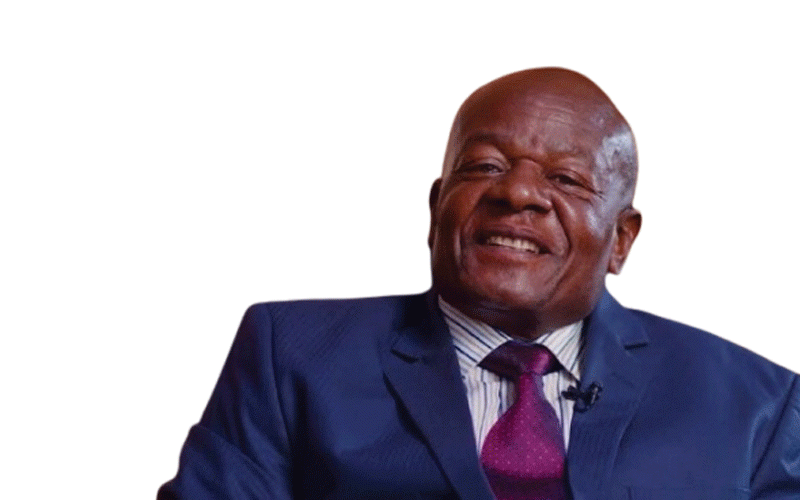
The third installment of the serialisation of the Constitution Hill Global Guidelines on the Eligibility and Selection Criteria for the Appointment of Apex Court Judges will focus on the procedural steps that are followed with regard to nominating, interviewing, vetting and selecting apex court judges.
- Initial considerations
- General: The appointment procedures for apex court judges should encompass an application and nomination procedure; an interview and vetting procedure; as well as a selection procedure. These procedures may proceed linearly, concurrently or in another order.
- Single or multiple bodies: Apex court appointment procedures can be administered by a single body such as an independent judicial appointments commission chaired by the incumbent chief justice or by multiple bodies with sole or shared authority for different components of the overall process. The body or bodies shall be democratically established and have a statutory foundation.
- Different bodies for different phases: The application and nomination procedure can allow for wide participation, potentially including significant participation by impartial non-state actors.
By contrast, the interview and vetting procedure as well as the selection procedure are less amenable to the same breadth of non-state participation, except when the participation takes place by and through an independent judicial appointments commission.
- Laypersons as well as the legal and judicial sector participation: Distinguished and impartial laypersons and members of the judiciary and legal profession (who do not have existing roles on the country’s apex court) should have the opportunity to participate meaningfully in at least one of the appointment procedures.
- Political participation: Appointment procedures for an apex court are vulnerable to accusations of politicisation that can jeopardise public trust in the apex court and weaken its structural role as an independent check on the other branches of government.
This can be mitigated by appointment procedures in which the role of the executive branch, where included, is not dominant and is limited to the final selection; and in which legislative participation, where included, is cross-partisan and limited in scope.
- Legitimacy: In the light of the unique structural role of apex courts in a democracy, it is critical for appointment procedures to be exceptionally fair, rigorous and transparent. The integrity of the procedures is absolutely necessary (i.e. a sine qua non) for the legitimacy and proper functioning of the apex court, including the acceptance of its decisions.
- Publication: The guidelines, regulations and score sheet criteria used across appointment procedures for an apex court should be publicly available.
- Open procedures: As many of the appointment procedures as possible should be held in public in order to enhance accountability and provide a measure of protection against the reality or perception of corruption or patronage. Application, nomination, vetting and/or deliberation procedures may, however, be more private to ensure that good candidates are not deterred by early or excessive publicity.
- Filling vacancies: Appointment procedures for an apex court should balance legitimacy and efficiency goals.
Major delays in filling apex court vacancies (which can be caused by, inter alia, burdensome participation rules or by unanimity requirements that foreseeably generate stalemates) undermine the ability of the apex court to function normally or to perform its three core roles in a democracy.
- Diversity: The composition of the body or bodies involved in the appointment procedures for an apex court should, in aggregate, reflect viewpoints of professional and demographic diversity.
This will help to reassure prospective and actual candidates that they will be assessed fairly, while also contributing to public confidence in the fairness of the process.
- Application and nomination procedure
- Collecting applications: Applications and nominations of apex court judges should be open to all suitably qualified candidates, without discrimination, based on the published criteria for appointment to the apex court. Vacancies should be widely advertised and a reasonable period of time should be allowed for applications and | or nominations to be submitted. In systems where nominations emanate from the executive branch of government, they should conform to the published criteria for appointment.
- Confidentiality: Applications and nominations should be processed confidentially but the shortlist of those selected for interview should ordinarily be made public.
- Interview and vetting procedure
- Interview: All shortlisted candidates to the apex court should be interviewed. A second round of interviews may be necessary in order to break stalemates in the final selection.
- Format: Interviews of apex court candidates should generally be conducted in public and | or in a manner that allows for public discussion as this can increase public trust and help to vet candidates who will need to serve under intense media scrutiny as members of the Apex Court. Public formats should, however, proceed according to published rules that minimise politicisation and the risk of performative or improper conduct by the interviewers.
- Fair treatment: In order to ensure procedural fairness, there must be consistency of treatment and format in the interviews of each shortlisted candidate to the apex Court. Interviews should be conducted in a professional manner that shows respect to each candidate, omitting questions that could damage public confidence in the apex court.
- Score sheet: The published criteria for appointment to the apex court should be incorporated into a score sheet that is used in all the interviews, in conjunction with the nuanced deliberations that must accompany the use of any such sheet.
* For each individual criterion of inclusion, candidates should receive one of three qualitative scores - i.e. ‘not established’; ‘established’ or ‘outstanding’. Candidates who receive a ‘not established’ score for any individual criterion of inclusion, and candidates who meet any individual criterion of exclusion, are not eligible for appointment.
* For each collective criterion of inclusion, candidates should receive qualitative scores regarding how their appointment would add diversity to the Apex Court, assuming that the rest of the apex court’s composition is known.
* Candidates should not receive an overall score because that would involve or imply assigning an identical weight to a highly varied set of appointment criteria.
- Global guidelines for selection of judges (Part 3)
- Global guidelines for selection of judges (Part 4)
Keep Reading
- Information: Information acquired from interviews should be used in conjunction with other information on shortlisted candidates. In particular, external evidence on the candidates’ backgrounds and professional activities should be gathered and taken into account and a mechanism should exist for both receiving and corroborating outside input about their qualifications or any credible private complaints, including those alleging instances or patterns of sexual or financial impropriety. The vetting process should include a financial audit of each candidate and may potentially include a psychological fitness test provided that it can be conducted on a non- discriminatory basis.
- Importance of vetting: In view of the unique structural role of the Apex Court in a democracy and the exceptional thresholds that need to be met for there to be any potential discipline or dismissal in an apex court judge, the vetting of shortlisted candidates must be thorough and proactive. Intentionally false statements, misrepresentations or concealment of material information in the application should constitute grounds for exclusion of an Apex Court candidate.
- Selection procedure
- Deliberation: The selection procedure should be designed to encourage sober and evidence-informed deliberation that is focused on the match between the proposed candidate and the objective appointment criteria. The method should provide appropriate safeguards against bias or improper considerations.
- Decision-making: If an independent judicial appointments commission exists, it should have a direct role in the decision-making process for apex court appointments, even if the final selection is made by the executive and | or legislative branch of government.
- Tie-breaking mechanism: Where multiple actors are involved in the final selection of apex court judges, the decision should ideally be made by consensus among those involved. If a vote is needed, it should follow an established protocol and encompass a tie-breaking mechanism in order to avoid stalemates or excessive delays in filling vacancies. The mechanism should be designed in such a way that its results are unforeseeable. Where two candidates are deemed to be of equal distinction, preference can be given to the one whose appointment would best advance collective criteria of inclusion on the particular Apex Court.
- Appointment procedure for acting judges
In jurisdictions that allow for the appointment of acting - i.e. temporary - judges to an Apex Court for positions other than that of the chief justice - such as when there is a provisional vacancy on the Apex Court or provisional need for an increase in judicial capacity - the procedures described in this section apply, mutatis mutandis (all the necessary changes having been made), bearing in mind the exceptional nature of such appointments as well as the paramount interest of protecting the integrity and legitimacy of the apex court and its unique structural role in a democracy.”
*Compiled by Muchadeyi Masunda. Feedback: [email protected]











